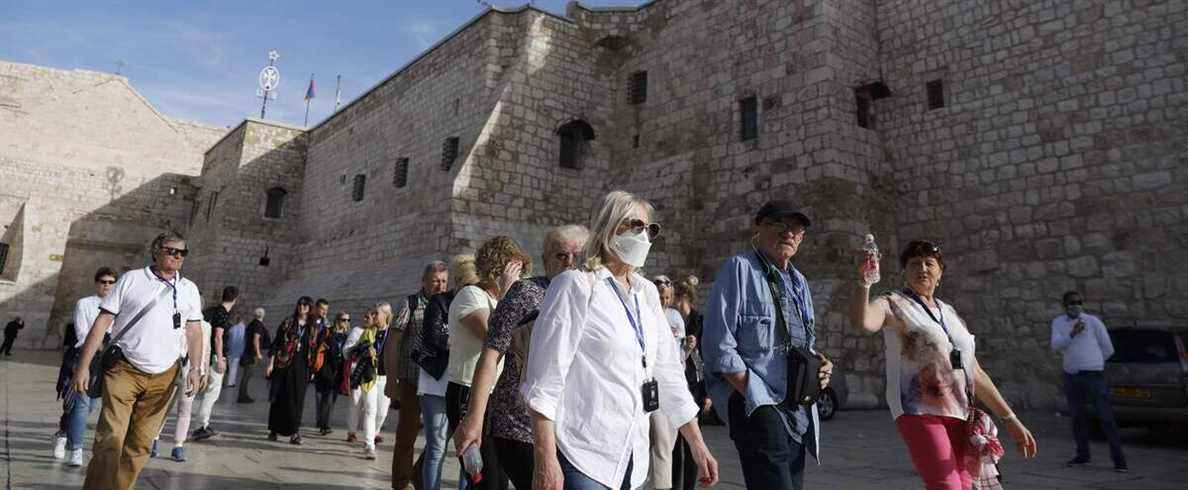The birth of Christ is perhaps the most celebrated biblical story across the planet, far beyond the Christian world. It has almost (re) become a pagan holiday.
The Christian tradition wants that Jesus was born on December 25 of the year one of our era in a stable of Bethlehem surrounded by angels, shepherds and animals where the wise men came to pay homage to him. Remember the cribs of your childhood when you sang, like me, “In this stable how charming Jesus is …”
The historicity of Jesus is indisputable, but the circumstances of his birth give rise to many interpretations.
Based on the star that the Bible says led the Three Magi to the Child Jesus, astronomers have argued that Mary instead gave birth in June. After establishing that a particularly bright star was visible in Persia and Bethlehem 2,000 years ago, they calculated that the date of his birth would be June 17 rather than December 25.
As for his year of birth, we suppose it between the year 6 and the year 4 … before Jesus Christ! According to what the Gospels relate, Jesus was born in the last years of King Herod’s reign. But he died in March or April of the year 4 before our era. The date of birth of Jesus must therefore necessarily be before that date.
Justin of Nablus, holy martyr for the Orthodox since antiquity and only since 1969 for the Vatican, wrote a hundred years after the Nativity, which Mary had given birth in a cave. The Judeans in biblical times sometimes kept their flocks in caves. The Bible speaks of a manger. He was therefore born in a cave which was also a manger.
The Church of the Nativity of Bethlehem is moreover built on the cave where Jesus was born. The pagan emperor Hadrian (76-138) built a temple to the god Adonis on the site of the Bethlehem cave in order to discourage Christians from going there to commemorate the birth of Jesus.
It was Saint Helena (248-330), the mother of the first Christian emperor Constantine, who had the pagan sanctuary demolished to build on its site the Church of the Nativity where pilgrims still visit the cave today. where Jesus was born.
Before the birth of Jesus, the winter solstice was already celebrated. For the Normans it was the celebration of light and birth. One of their traditions was to bring conifers into their homes, a symbol of life in the midst of darkness and cold. Foreshadowing Santa Claus, their god Odin was supposed to ride the night sky, deciding who would prosper or perish in the New Year.
Among the Romans, the winter solstice was also a time of feast and rejoicing called Saturnalia. For them, December 25, the birthday of Mithras, their sun god, was the holiest day of the year. Like Jesus, this god of light was also a Man-God, born “true man”. Shepherds had come to worship the child Mithras, after being informed of his birth by angels.
The early Christians did not celebrate the birth of Jesus. Only his resurrection. In the 4th century, the dominant belief among Christians was that Jesus was an essentially spiritual being. It is to strengthen her humanity that the Church has decided to celebrate her birth. Since Mithras’ birthday was already a widely observed pagan holy day, the Church simply declared December 25 to be the “feast day of the Nativity.” The Church has also adapted many traditions of the winter solstice festivals to integrate them into its rituals and traditions.
In 614, the Persian general Shahrbaraz took Jerusalem, seized the holy places and had 17,000 Christians massacred. Unlike other churches in the region, the Church of the Nativity “miraculously” escaped the Persian rampage. It is said that, Shahrbaraz spared the church because he saw on its walls mosaics of three wise men in Persian costume which he took as a manifestation of respect for Persia.
